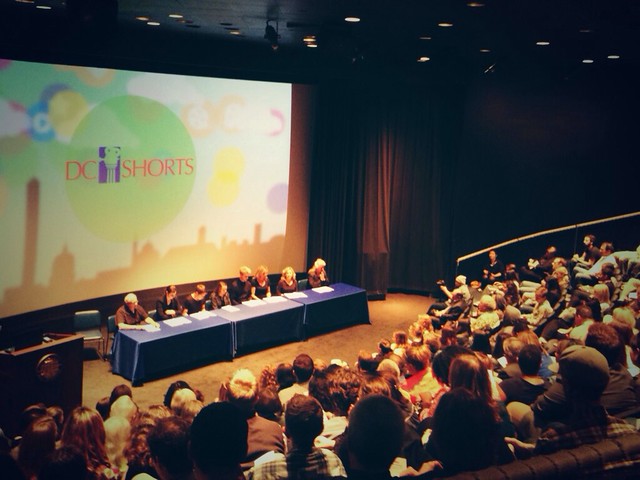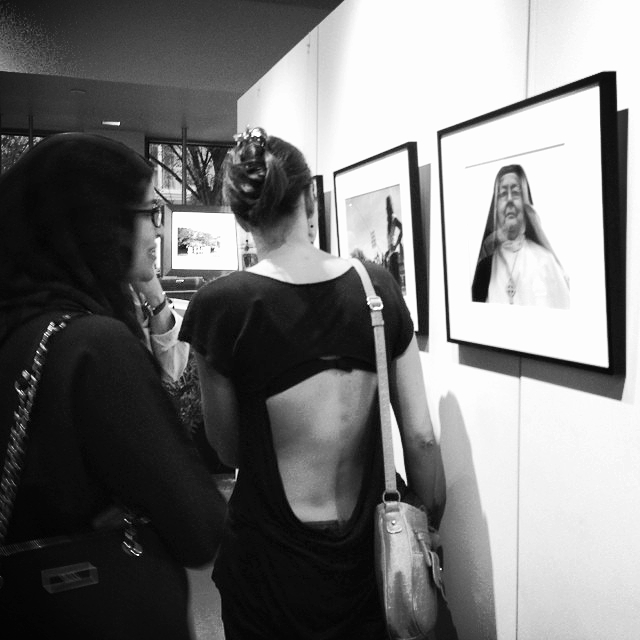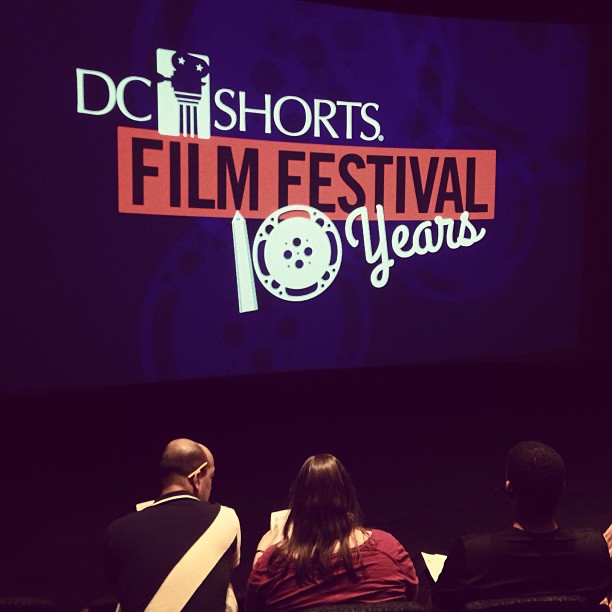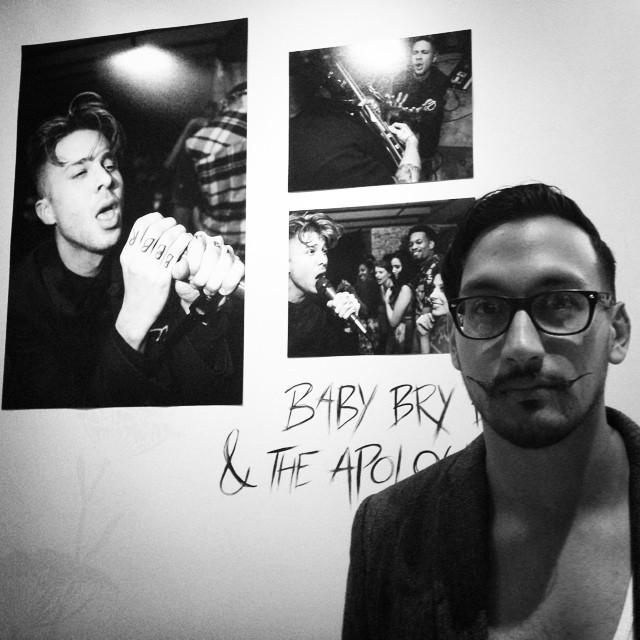I don’t like fall. To me, it means shorter days and colder temps, both of which I hate. But it’s diminishing daylight that really gets to me. As sunset creeps toward 5 PM, it’s like the whole world is coming to an end.
The season has one redeeming feature: changing leaves. In the mid-Atlantic, the green slowly fades into yellows, oranges and reds over the course of more than a month. The trees have just begun to change colors in downtown Silver Spring:
I took this photo on my lunch hour, with my iPhone 5. But I thought the picture was too busy and didn’t like the trash can on the left. The branch extending across the top of the photograph was what interested me most. I thought it would make a good Instagram shot.
I cropped it in Instagram, then used the enhance button and applied the Walden filter to give it a desaturated look – like a faded photo found in an attic. I liked the creamy blankness of the sky. Lastly, I turned down the shadows to bring in a little more color in the leaves and to increase the contrast between the branch and the leaves. Here’s the final result:
All this took about five minutes, back in my cubicle at work. I added it to a few Flickr groups and a couple days later I saw my photo on Capital Weather Gang, used to illustrate the arrival of fall in DC. And it was the second photo of mine that they used this week.
I work for a government agency but don’t shoot for them – they don’t have staff photographers, a photo library, a photo budget or photo editors despite the fact that we need photos all the time for web pages, brochures and social media. Instead, as a contractor, I write, edit, go to meetings and toil away in bureaucratic obscurity for the agency.
I’m far from alone in this situation. If you check out local blogs or art gallery shows, you will find the work of talented photographers, nearly all of whom have jobs with the federal government or corporate organizations. They’re photographers not employed as photographers. Instead, they’re system admins or technical editors or even senior management.
We live in a visual age but organizations large and small devote few resources to photography. Think what a company could do if it engaged, organized and compensated their own unofficial staff photographers. After all, who could tell the story of your business better than the people who work there?
Like the legions of photographers in other jobs, I’m going to continue to take photos, because I enjoy it. Photography gets me through the seasons, like the dying fall, and it might just deliver me to a future in which photography is recognized for its storytelling potential.









